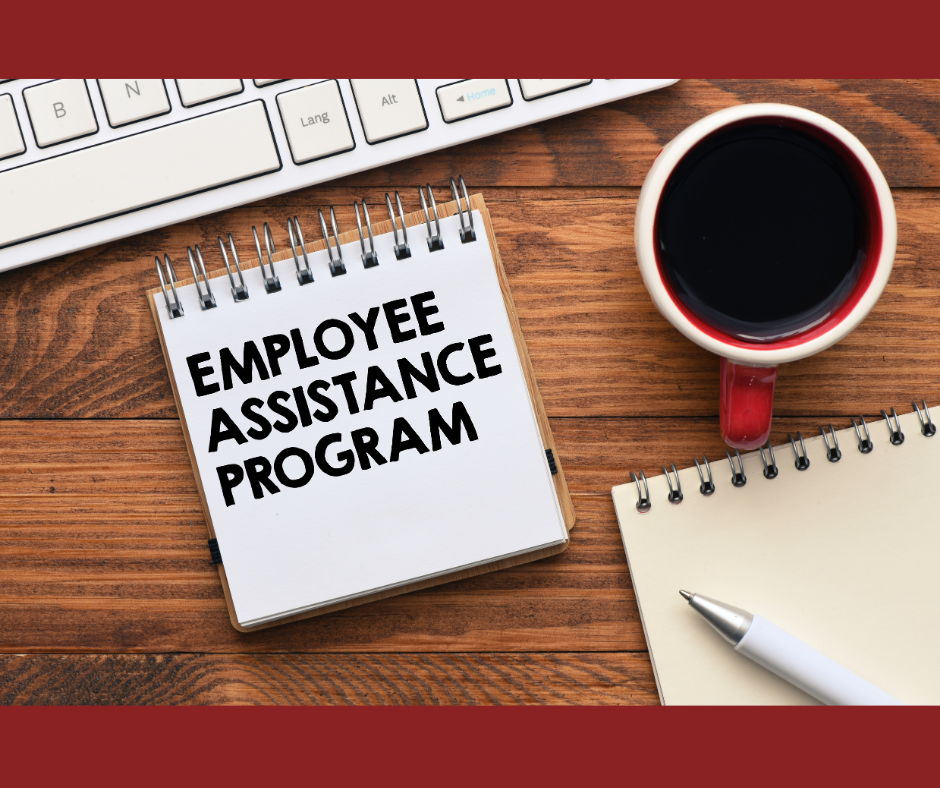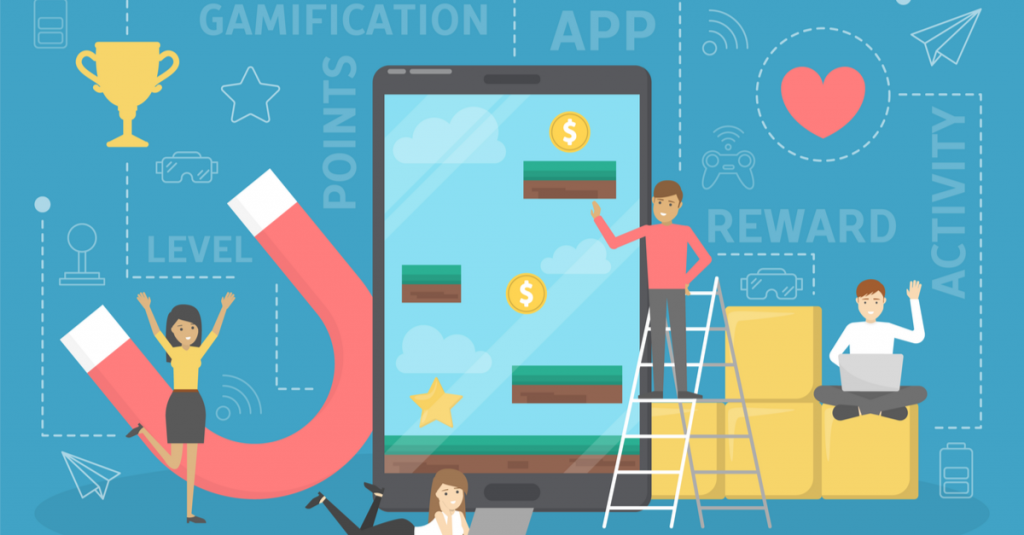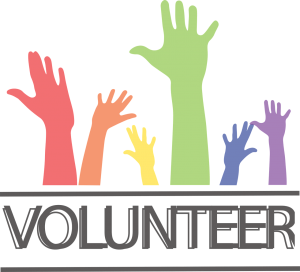
by ckistler | Mar 30, 2021 | Benefit Management, Human Resources

Just as with any good, healthy relationship, communication with employees is key. Only communicating with employees regarding their benefits package during open enrollment will most definitely result in them not taking full advantage of all it has to offer. In an effort to assist employees in understanding and maximizing their benefits, companies should use a year-round benefits engagement strategy. Let’s explore some simple ways to set up your annual communication plan.
START WITH THE END IN MIND
As you begin crafting your engagement plan, think of the overall goal you want to accomplish. Perhaps you simply want your employees to be better educated on their plan offerings. Maybe you’d like to reduce the number of questions that employees ask during open enrollment meetings. Or, maybe you want your employees to utilize a certain plan benefit that has been historically underused resulting in higher costs to the employee or the company. Whatever the case, first set your goal for the communication plan.
CREATE A CALENDAR
Now that you have an end-goal in mind, start thinking of how frequently you want to communicate. Schedule your communication moments to post consistently. Maybe you start a “Benefits Minute” that hits the first Monday of the month. Or, start a “Benefits Blog” that posts every other Friday. Whatever the case, make the communication happen on a schedule so that employees know when to expect it and know what it’s called.
KEEP IT SIMPLE
Wordy emails, drawn-out meetings, and forever long phone messages will quickly get ignored and deleted. Instead, follow this simple formula when crafting your communication:
- Here’s what you need to know about your benefits.
Give a quick overview of the benefit you are focusing on for this particular communication.
- Here’s why it’s important that you know this.
In a few short sentences, explain how this benefit benefits the employee whether it be a cost savings, time savings, or simply a great help to them.
3. Here’s what you need to do to find out more.
Provide a way to find out more information on this benefit by giving a link, an email address, or a phone number.
MIX UP YOUR COMMUNICATION STYLE
Communication isn’t one-size-fits-all. People learn in different ways—some may be visual learners while others may be oral learners. Make sure you mix up the way you communicate to cover both types. Also, change up the method of communication. Try emails, explainer videos, printed flyers, and quick, stand-up meetings. By using a variety of methods, you are able to engage a broader audience since your company is comprised of a range of ages, genders, learners, and tech users.
Engaging in a regular, year-round communication strategy for explaining employee benefits will support both the company as well as the employee. Set your strategy in motion by following the simple tips shared here. And, when you do this, you will see that your employees will reap the benefits of a healthy understanding of their benefit plan.

by ckistler | Feb 11, 2021 | Employee Benefits

Employee Assistance Programs (EAP) are company-sponsored programs that provide assistance to employees for a variety of personal issues that may be hindering or adversely affecting their work performance. Typically offered through third-party administrators, EAPs can provide their services online or via telephone and can sometimes be a part of the employee’s healthcare plan, however it is not a replacement to the healthcare plan.
Examples of EAP Services
There is an assortment of services that EAPs offer to employees. All these services have a central purpose: aid the employee so that their personal problems are resolved, and their work performance is unaffected. For example, Karen has been struggling during the COVID-19 pandemic with depression. To sooth her anxiety, she has begun drinking every day. It’s gradually escalated to the point where she is late to work, has frequent absences, and is missing deadlines. She knows she needs to talk with someone who can offer her alcohol abuse resources. She accesses her company sponsored EAP.
Here are some other common services included in EAPs:
- Alcohol and substance abuse counseling
- Health and wellness counseling
- Child or elder care resources
- Legal aid
- Marital and family counseling
- Financial counseling
Benefits of EAP Services
There are a number of benefits to the employee and the employer when the EAP is utilized in the workplace. First, utilizing the EAP service is completely voluntary. Second, the services are provided free of charge to the employee. Third, the counselor that speaks with the employee is entirely confidential. This allows the employee to be completely honest without feeling a threat that the employer would retaliate on anything said in a session.
Utilizing your company’s EAP not only provides services and care to you and your family, but it also benefits your company. No longer carrying the burden of your personal problems solo, an EAP counselor can give you sound advice and steps to follow to achieve success when tackling a problem. Employers will benefit by there being no disruption in the workflow of their employee due to overwhelming personal issues. Access your EAP and attack those personal problems today!

by admin | Aug 20, 2020 | Open Enrollment
 Open enrollment season is upon us and many companies are choosing to host “virtual benefits fairs” instead of the traditional “walk and talk” fairs. Open enrollment meetings have turned into live streaming events or recorded webinars. Incentivizing employee participation in these areas can come in a variety of ways but the newest trend is gamification.
Open enrollment season is upon us and many companies are choosing to host “virtual benefits fairs” instead of the traditional “walk and talk” fairs. Open enrollment meetings have turned into live streaming events or recorded webinars. Incentivizing employee participation in these areas can come in a variety of ways but the newest trend is gamification.
Gamification has been defined as “behavior modification using technology.” It involves rewarding employee behaviors that help accomplish a company’s goals and objectives through playing some sort of competitive game. For example, company ABC is having their open enrollment meetings online. They want all employees to watch the overview presentation by the HR department as well as view the enrollment resources. Through gamification, the company creates a series of milestones on a virtual gameboard. Different departments are challenged to work their way through the milestones and the first team successfully completing the game wins. The winning team receives bragging rights and a cash reward. Another option for this same contest is that the individual earns a reward for progressing through the gameboard. This example isn’t tied to a team-driven competition, but instead an incentive for the individual to complete the open enrollment process.
WHY GAMIFICATION WORKS
It’s been reported that 75% of the total global workforce in 2025 will be made up of millennials. That’s three out of every 4 workers who are very engaged online. Gaming in general has a large appeal to this age group so tying it to workplace objectives results in higher participation on the whole. Additionally, the act of accomplishing a task releases dopamine in the brain. This is the neurotransmitter that causes you to feel excited and your brain likes that! In fact, your brain will begin associating euphoria with completing, what one previously thought was “boring”, work. This is called the “reward cycle” and can be achieved through gamification in the workplace.
HOW TO IMPLEMENT GAMIFICATION
Don’t go into this season with the expectation that gamification will solve all your past issues. It won’t. But what it will do is, perhaps, achieve some pretty big behavior changes like increasing the education level of your employees about what benefits they receive with their plan. What it won’t do is make enrollment delays disappear! So, how do you get started? There are great online sources that offer packages to fit your objectives and goals for your company. FinancesOnline has compiled a list of the top five most popular gamification software companies. Beyond that, you can simply make a “wish list” of open enrollment tasks you want your employees to complete and set an award for achieving those milestones—it doesn’t have to be big—make it a tshirt or a department happy hour with a shaved ice truck! Don’t forget to create a simple gameboard either online or in person for everyone to see the challenges and the rewards.
Most Popular Gamification Software
- Tango Card. An all-in-one gamification platform that helps organizations deliver incentives to customers, employees, suppliers, and partners. Our Tango Card review offers a detailed walkthrough of the product’s capability.
- Influitive. A customer-centric gamification solution designed to help businesses reward their loyal customers. This Influitive review offers a comprehensive tour of the product features.
- Badgeville. A reliable gamification software that bundles a customer loyalty program and employee incentive system into a single platform. Our Badgeville review will help you learn all about this powerful solution.
- Hoopla. A powerful incentive platform that leverages live game mechanics to invigorate burnt-out employees working in fast-paced environments like telemarketing and call centers. This Hoopla review details its full capability.
- GetBadges. A reliable gamification software designed to help software development teams incentivize teams during product development stages. This GetBadges review will walk you through the product’s features.
This is the perfect time to start something new for your open enrollment period because the landscape of the traditional office is all something new. People are learning to expect the unexpected so jump on board and offer them a new way of being rewarded for completing enrollment tasks. But, remember, if an employee isn’t already motivated to work towards a goal, gamification isn’t going to make them start. Gamification only amplifies existing motivation.

by admin | Oct 23, 2019 | Open Enrollment
 It’s the most wonderful time of the year.
It’s the most wonderful time of the year.
No, it’s not Christmas—it’s Open Enrollment!!
When the autumn leaves fall and the weather turns cooler, we know it’s time to start thinking of open enrollment hype and meetings and meetings and meetings. So how do you change normal and ordinary communication about employee benefits and change them into rockstar communication? We have some tips that may help!
COMMUNICATE EARLY
People need time to process all the information you share about their employee benefits. Once they have received the info, they typically need to ask questions, compare/contrast plans, and weigh decisions. By communicating with your employees early, you give them plenty of time to make their choices without feeling rushed by a short deadline.
COMMUNICATE CLEARLY
HSA, FSA, PPO, HMO, LTD? What? You can see how your employees can get confused with all the terms and plan names that get presented to them during open enrollment. The Society for Human Resources Management (SHRM) suggests creating a glossary of common terms for enrollment meetings. Another way to clearly communicate benefits is to think ahead to the common questions asked each year and make a FAQ sheet with the answers.
COMMUNICATE FREQUENTLY
Did you know that it takes 8 times to read something before you retain that information? Think of all the material that gets shared at open enrollment meetings. There is no way that an employee would be able to retain that info in one sitting. So, communicate about your benefit plans all year long. Do trivia contests with prizes in your company newsletter about different benefits topics. Use multiple channels to frequently communicate such as print, digital, and animated videos!
COMMUNICATE PERSONALLY
Share “real life” examples of a sample employee with specific health issues and how they can utilize their benefits. This helps your audience think of additional situations in which they could see themselves needing some of the insurance products offered in your meetings. Host small Q & A sessions after larger meetings to allow for more personalized attention. When you communicate personally, you are able to explain the value of the benefits to your employees better.
By focusing on these communication techniques, you will reap the rewards of a well-informed and connected employee when they are choosing benefits. Plan ahead, speak with a clear message, personalize example situations, and repeat, repeat, repeat. Here’s to a great open enrollment season!

by admin | Sep 12, 2019 | Benefit Management, Human Resources
 Right now our national unemployment rate is 3.7%–edging towards a 50-year low. With this low rate, companies are actually finding it increasingly harder to hire and retain great talent. One way to combat this issue is by increasing employee engagement through volunteering.
Right now our national unemployment rate is 3.7%–edging towards a 50-year low. With this low rate, companies are actually finding it increasingly harder to hire and retain great talent. One way to combat this issue is by increasing employee engagement through volunteering.
In survey after survey, employees state that they want to work for companies who care for others. In fact, “71% of employees surveyed say it’s very important to work where culture supports volunteering,” according to America’s Charities Snapshot. There are different types of volunteer options when looking to begin a volunteer program at a company. For example, entire companies can come together for a big “Day of Service” event. Or perhaps there is an ongoing need in the community, like Meals on Wheels, and employees sign up to help when needed by the charity. Offering pro bono services to non-profit community groups or donating skills for specific projects are other ways to assist charities in your area.
The issue of time worked and pay typically comes up when talking about employer sponsored/encouraged volunteering. There are a couple different ways that companies structure this. One way is to simply pay employees for their usual time at the workplace even though they are not actually working on company business at the time of the volunteer project. This is typical of big “Day of Service” campaigns during the workweek. Another way is to encourage employees to donate their break or lunch time to complete volunteer service projects. Finally, and this is the emerging trend in employee benefits, is to give each employee Volunteer Time Off (VTO) hours as part of their benefits package.
The benefits of VTO are numerous. One of the biggest values of VTO is that of employee recruitment and retention. PricewaterhouseCoopers conducted a survey and the results were that “59% of Millennials gravitated towards companies with pronounced Corporate Social Responsibility programs.” For retention, the value is even higher, “74% of employees say their job is more fulfilling when given the opportunity to make a positive impact at work.” Companies also see a benefit in camaraderie across departments and company hierarchy. Working together towards a common goal builds these interdepartmental relationships. Also, by playing towards strengths unseen in a regular office setting, employers have a chance to discover untapped leadership skills and completely unknown skill sets of employees. Finally, your company’s brand image is boosted by the view of its involvement in the community.
Whatever the benefit that your company assigns to a healthy VTO program, be it retention, image, or team building, the fact remains that there WILL BE a benefit. If you are looking to begin the search for the right fitting program, there are great resources available for you. Check out this quick read on Charities.org and also the great tips on SalesForce.com. Start the conversation today with your leadership and start making an impact in your community!






